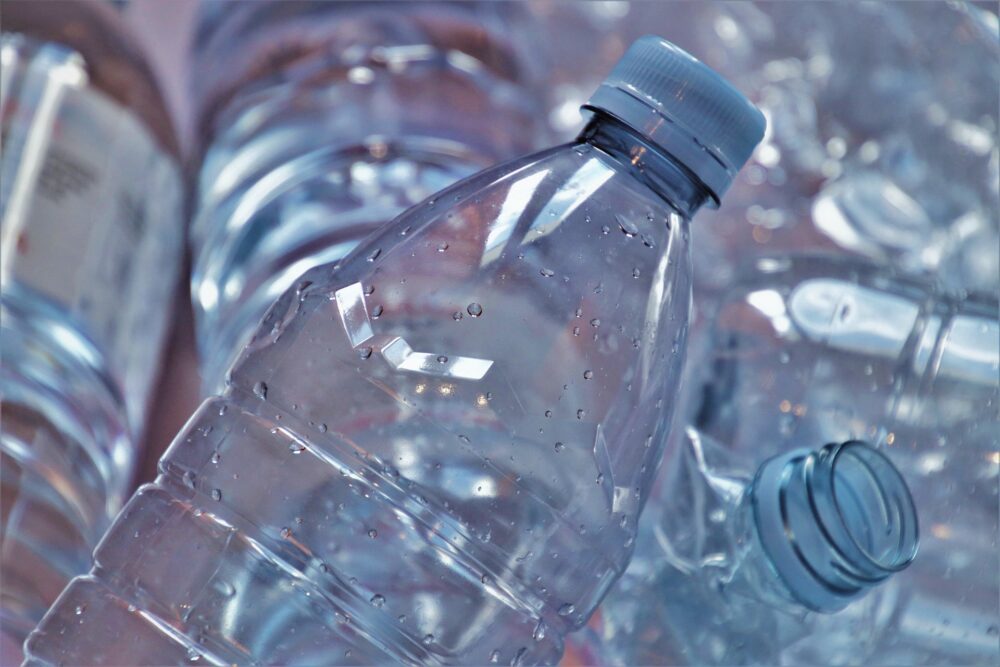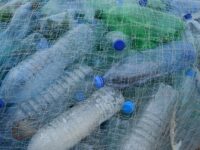We all like to think we are saving the turtles when we throw a plastic bottle in the recycling, but where does this actually end up? According to a new study from the University of California, Santa Barbara, a shocking 79 percent of that plastic ends up in landfills — or even worse, in the environment. Why doesn’t it all get recycled into new bottles or even plastic toys? The answer? It’s complicated.
Until recently, the United States and most other western countries had an easy solution to deal with plastic waste: ship it off to China. China would use some of this plastic for their own purposes and just dump the rest into a landfill. Common plastics are made from ethylene and propylene monomers, which are hydrocarbons. These can take up to 1000 years to be degraded and simply accumulate in the environment. This accumulation can often wash into nearby bodies of water and get lodged in the digestive systems of fish and other marine organisms. Furthermore, just as deadly as large chunks of plastic are small, plastic granules known as microplastics. These tiny pieces can make their way into the gills of fish and inhibit their breathing.
China was obviously not doing a great job of responsibly getting rid of the plastics they imported. In 2018, China stopped the import of plastics, known as Operation National Shield, to curb the incredible amount of waste that was being accumulated. This waste was making nearby water streams undrinkable and killing wildlife.
The truth is, there is no long-term solution towards renewing plastics. As a society, we have to innovate to create biodegradable, non-toxic replacements for plastic.
In other southeast Asian countries accepting plastics, such as Malaysia, incinerating the plastics in an open air fire was also tried. This, however, is even more disastrous and dangerous. Plastic releases many hydrocarbon derivatives such as dioxins, furans, polychlorinated biphenyls, and other toxic chemicals into the atmosphere. These fires, which often were near defenseless villages, led to birth defects in these areas.
China’s sudden declaration that it was no longer accepting plastic imports shocked the world and forced European countries to adapt. But the truth is, there is no long-term solution towards renewing plastics. As a society, we have to innovate to create biodegradable, non-toxic replacements for plastic. Until then, it will continue to destroy our environment and kill wildlife.
Science Advances (2017). DOI: 10.1126/sciadv.1700782
Image source: Pixabay.

